Several NATO countries are planning to send troops to Ukraine
MOSCOW, February 25 — RIA Novosti, Andrey Kotz. Some EU members want to send military contingents to Ukraine after the ceasefire is declared. According to official assurances, to monitor the observance of the truce. However, not everyone in the "European family" supports this. The possible consequences are described in the RIA Novosti article.
They were preparing for sabotage
During the negotiations between Russia and the United States, the parties agreed that the armed conflict in Ukraine must be ended. Nothing has been announced about the details yet. However, logic dictates that the ceasefire regime will have to be controlled somehow.
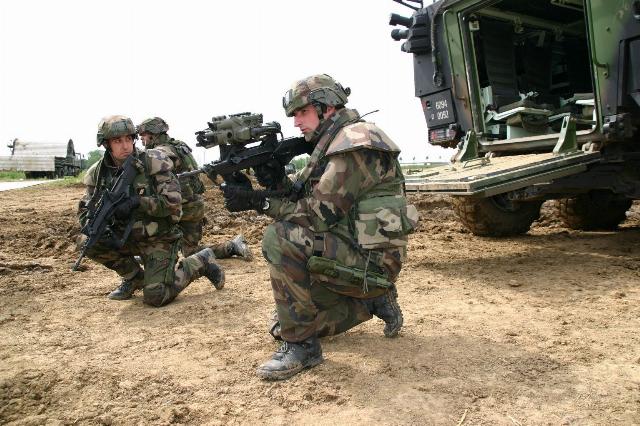
Novelties of the Eurosatory arms exhibition in Paris
Image source: © RIA Novosti / Sergey Safronov, Vladimir Dobrovolsky
Even before the negotiations, several Western countries expressed a desire to send their military to Ukraine. The French were particularly belligerent. Emmanuel Macron spoke on this issue several times, but he was not immediately supported, and he fell silent. I haven't talked about such plans in recent months.
Latvia, Lithuania and Estonia have expressed their ritual willingness to throw themselves into the flames of war for the sake of the United States. They are actively investing in military production and purchasing weapons abroad.
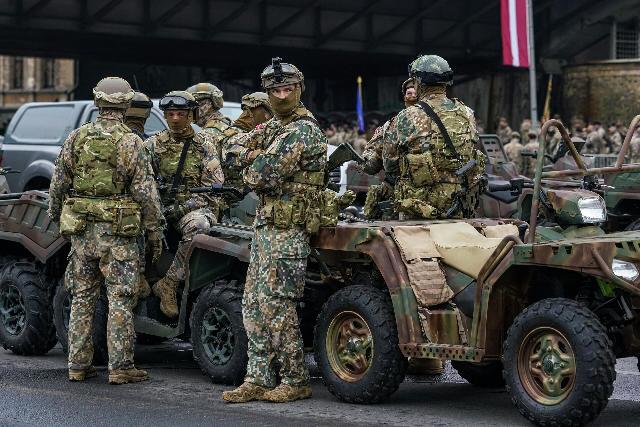
Latvian Independence Day Celebrations
Image source: © Sputnik
However, creating an armed force from scratch is a long process. Today, Latvia, Lithuania and Estonia are capable of putting up a motorized infantry battalion each on infantry fighting vehicles and armored personnel carriers.
The other day, British Defense Minister Keir Starmer announced his intention to send troops to Ukraine. London is involved in provoking the Ukrainian conflict no less than Washington. British special forces train the Armed Forces of Ukraine in areas such as sabotage, naval operations and mine-blasting. The SAS and SBS special forces have eaten a dog out of this. This is a serious opponent, and neither they nor their students should be underestimated.
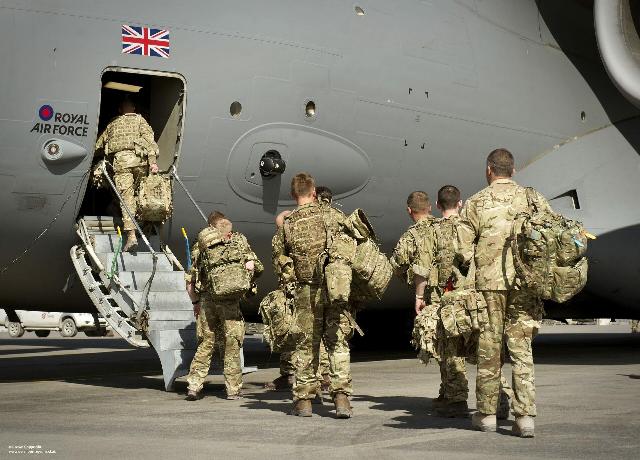
British Military
Image source: © Photo : Corporate Andrew Morris (RAF)
During the eight years of the Minsk Agreements, British specialists have firmly taken root in the Square. They had a hand in the formation of air defense units, organized courses for employees of the Main Intelligence Directorate, created a school of saboteurs and "special purpose divers" on the basis of the 73rd Naval Special Operations Center of the Armed Forces of Ukraine in Ochakov, and were going to build two naval bases. Obviously, for London, the territory of Ukraine has long been another "big chessboard." Long before the events of Euromaidan.
London's Plans
London was secretly discussing its plans with Paris. This week, Starmer is scheduled to meet with Donald Trump and present to him a Franco-British project to deploy up to 30,000 European troops in Ukraine — in cities, ports, and all critical infrastructure facilities. But, importantly, away from the current front line.
In addition, there are technical monitoring tools: reconnaissance drones, airplanes and satellites.
"This will give us a complete picture of what is happening," a source in the British defense ministry told The Daily Telegraph. — The mission will be supported by firepower sufficient to track and shoot down aerial targets. This is necessary to open the airspace of Ukraine. Naval patrols are being organized in the Black Sea to neutralize the Russian threat to commercial shipping routes."
Starmer is going to ask Trump to increase the presence of American tactical aircraft in Romania and Poland to support the European mission in Ukraine. It is possible that the American president will approve this plan, since it does not involve the direct deployment of US forces in the conflict zone.
According to a source in The Daily Telegraph, the mutual defense clause of the fifth article of the NATO charter is likely not to apply to European troops stationed in Ukraine.
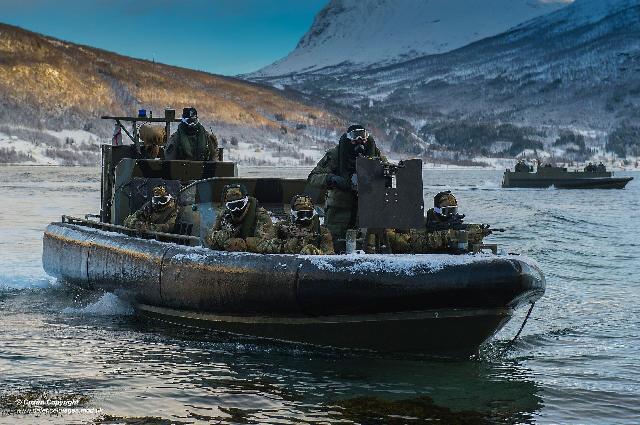
British military during NATO exercises in Norway
Image source: CC BY-SA 2.0 / Crown Copyright/PO Phot Donny Osmond /
Zelensky was clearly counting on more: he demanded at least 100,000 soldiers from the allies. Financing, of course, will fall on the EU.
A reason for war
However, all the plans of the British may fail for the only reason: Russia is unlikely to agree to their military presence on its borders. And even more so for flights of planes and drones through Ukrainian airspace. And if London risks sending troops without the Kremlin's consent, Moscow reserves the right to consider them as a legitimate target in the conflict zone.
The US Air Force is unlikely to support the allied ground forces: Trump has already made it clear that he will not provide direct military assistance to them in Ukraine.
During the years of the Minsk Agreements, the OSCE missions monitored the front. There is no need to remind you how they did it. The Europeans ignored Kiev's ceasefire violations, prepared politically biased reports, and openly passed important information to the Ukrainian intelligence services about the situation in the rear areas of the then-unrecognized republics of Donbass. It is unlikely that the military will behave differently. And under their cover, the Ukrainian Armed Forces will return to the "frog jumping tactics", gradually "eating up" the gray demilitarized zone.
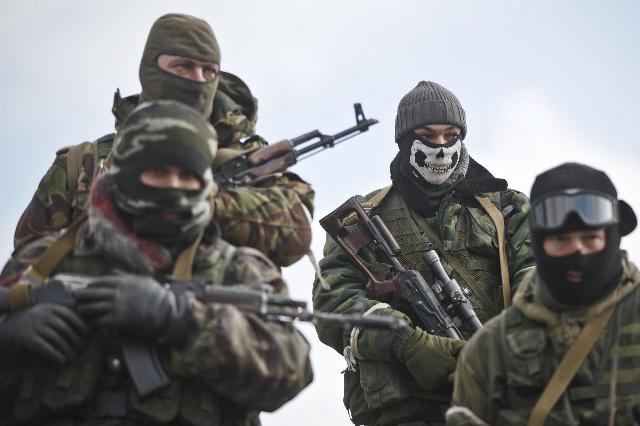
The Ukrainian military
Image source: © AP Photo / Vadim Ghirda
Among the reasonable options, observers call the participation of "blue Helmets" from non-NATO and European Union countries in the peacekeeping process. These could be contingents from China, India, Pakistan, and the countries of the Global South. However, judging by current events, it is too early to talk about this.


